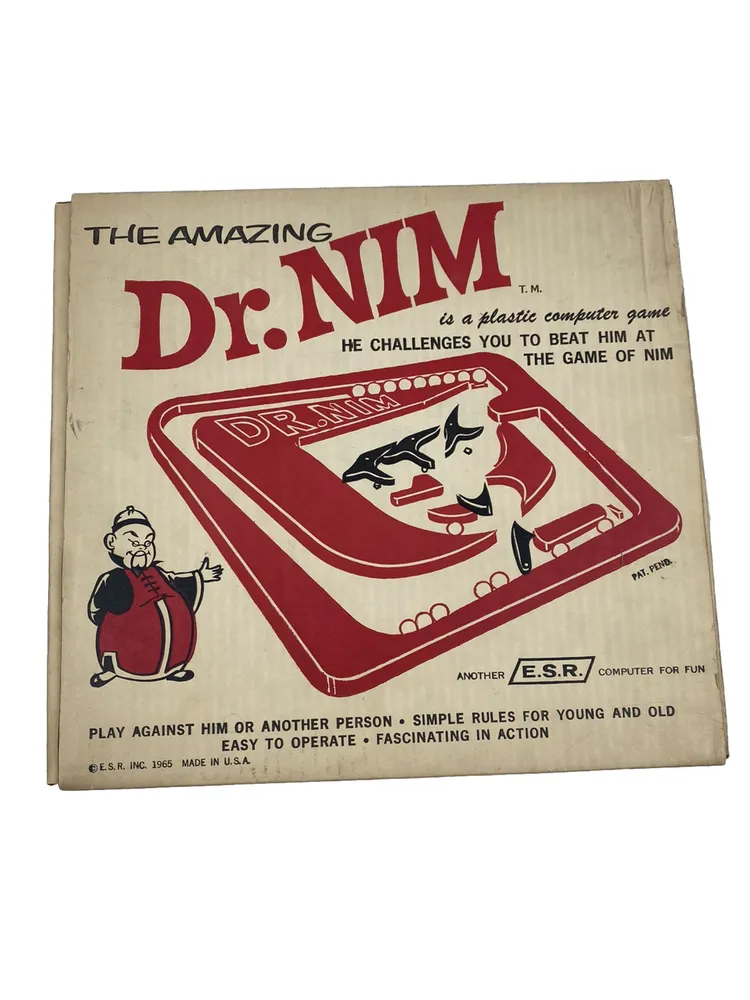Nim
Nim
Nim is a two-player mathematical game of strategy where players take turns removing objects from distinct piles. The game is said to have originated in China, where it closely resembles the Chinese game of “picking stones,” but the origin is uncertain. The game has been played for centuries in Africa and Asia, where it is called mancala. The game was first recorded in Europe in the 15th century and was originally known as Tsyanshidzi, meaning “picking stones game”.
Why is Nim Popular?
Nim is significant because it is a simple game that can be used to teach mathematical concepts such as binary numbers and game theory. It was also one of the first-ever electronic computerized games, and a nim-playing computer was displayed at the Festival of Britain in 1951.
Game Components of Triplits
How To Setup Triplits
To set up the game, players first need to prepare the deck of cards and distribute the necessary components. Each player receives a set of cards and counters. The game starts with players rolling the dice to determine the linguistic restriction for the round, such as using words that begin with a specific letter or follow a particular theme.
Gameplay Mechanics and Game Objective
Player Experience
Triplits offers a dynamic and engaging experience, pushing players to think creatively and quickly. The game is designed to bring out the wordsmith in each player, testing their vocabulary, lexical skills, and ability to think under pressure. The competitive atmosphere heightens as the game progresses, making every round a nail-biting experience.
Pros
Cons
Personal Thoughts on Triplits
Triplits is an excellent choice for families, small parties, or friends looking for a challenging and entertaining word game. It is particularly suited for those who enjoy word games, puzzles, and creative challenges. While it may not be ideal for very large groups or those who prefer less intense game experiences, Triplits stands out as a unique and engaging addition to any board game collection.
We are supported by our audience. When you purchase through links on our site, we may earn an affiliate commission, at no extra cost for you. Learn more.

